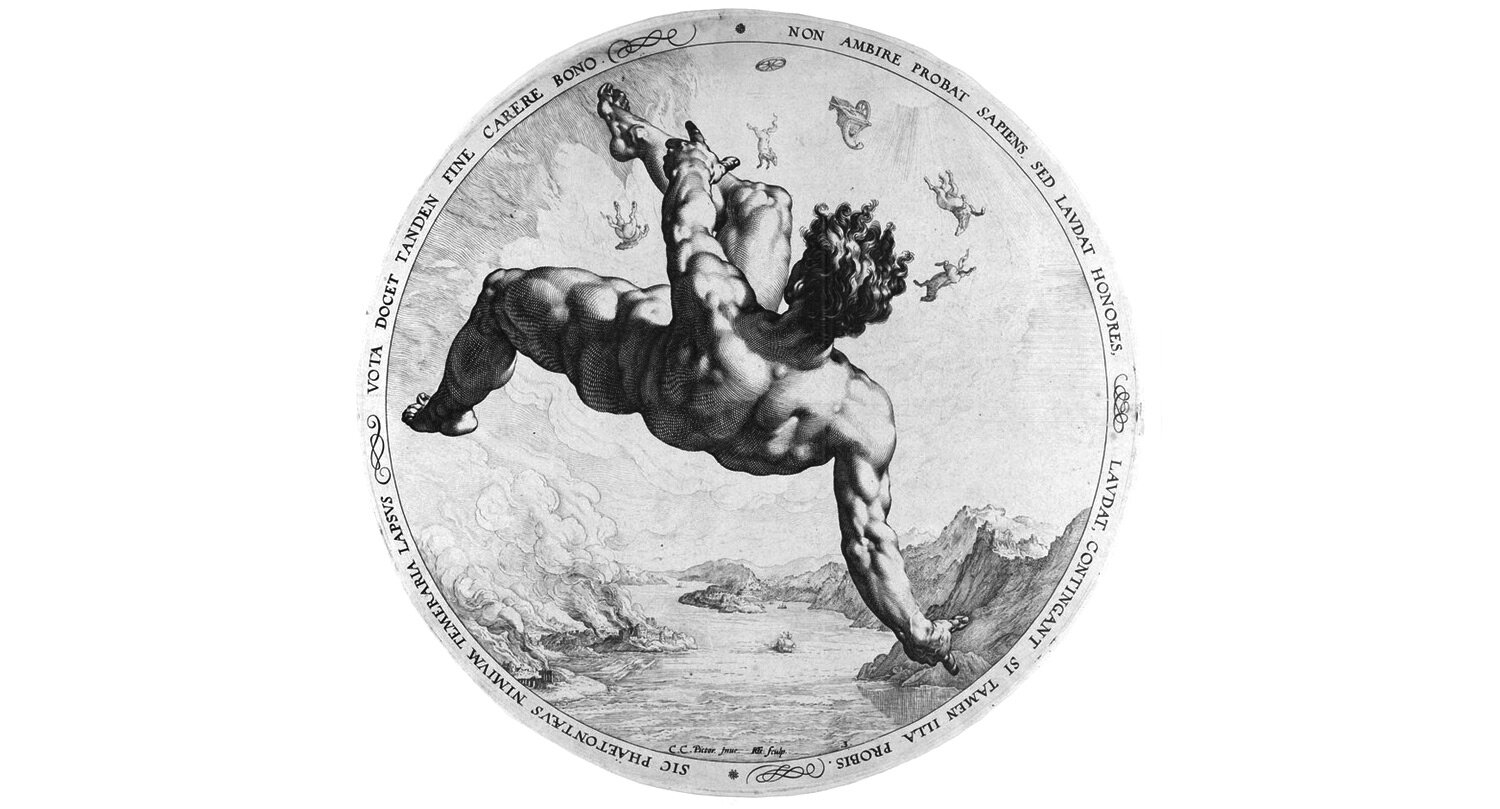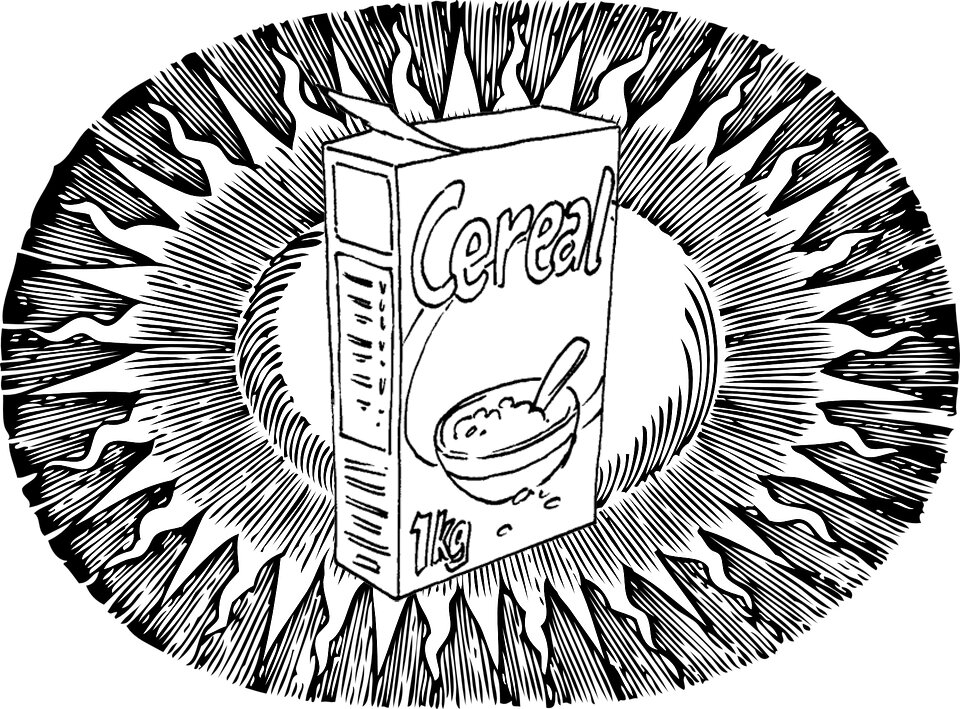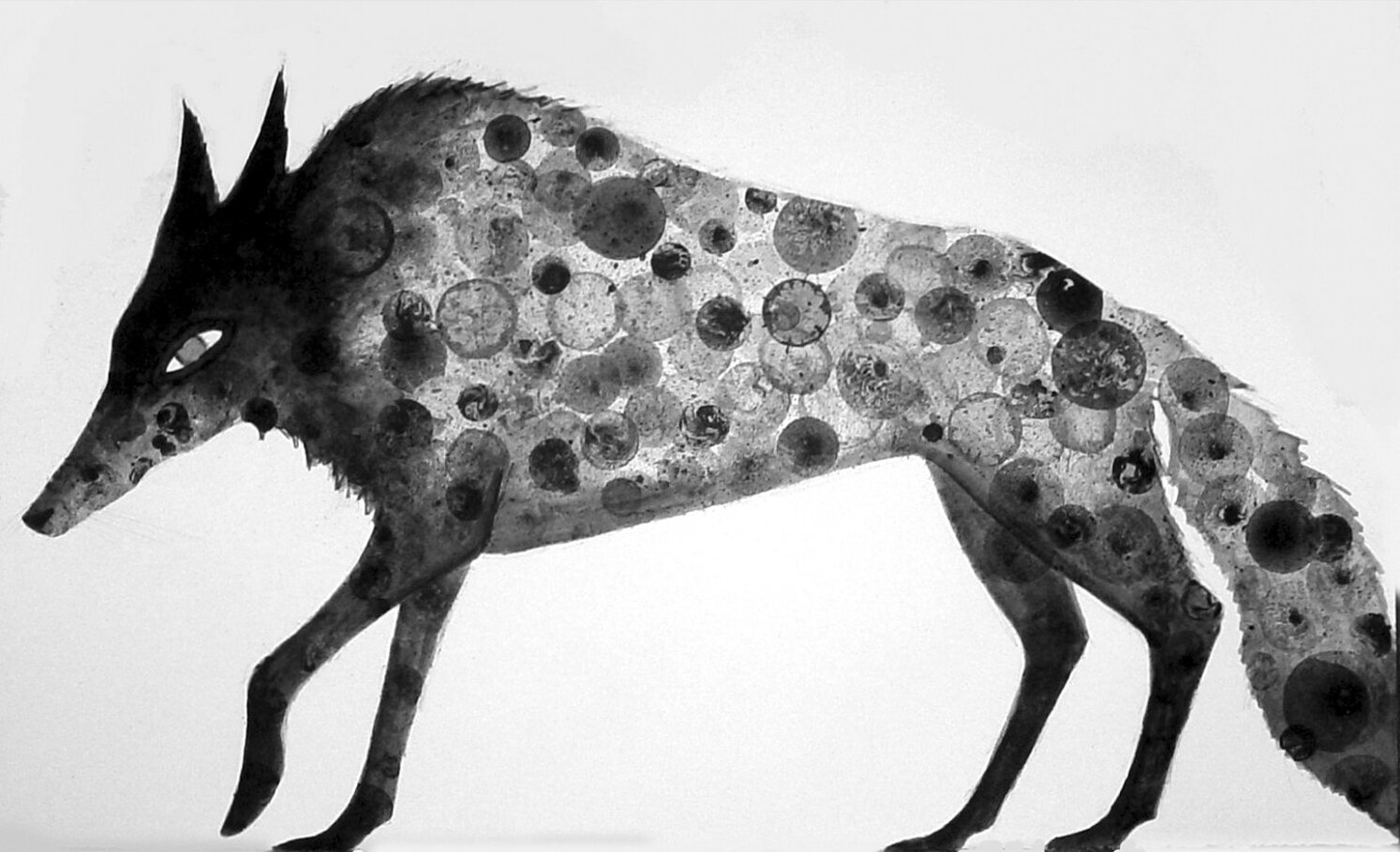The Deceptive Attractiveness of “Non-Consumer-Noticeables”
Shining a light on the slippery slope challenger brands know not to go down.
Beware the attractiveness of corners cut, even if everyone else seems to be cutting away with carefree abandon.
Post Category: HOW
Keep reading 900 WORDS >
Beware... the Ring of Fire
How not to build your challenger business
The tell-tale signs of a digital challenger brand in trouble are usually unmistakable: sales growth is triple-digit-stellar, margins are high, ROIs are dizzyingly positive – and more often than not the business can boast of delivering all this while remaining just about profitable, too. Conventionally this might be judged a spectacular report card, prompting investors to queue around the block. However peer one level deeper, and chances are the Lookalike Devil may have been doing his ugly worst.
Post Category: HOW
Keep reading 625 words >
The Packaging Pickle
Why physical and digital retail shelves demand fundamentally different brand executions
Just how to stand out amongst the 40,000 products stocked by the average supermarket is a problem that is well understood - if not consistently well addressed - by the design conjurers of Big Brands the world over… The woe for insurgent challenger brands is that most of the design rules that make packaged brands win on the physical shelves of Wal-Mart achieve the opposite on the digital shelves of D2C ecommerce.
Post Category: HOW
Keep reading 1325 words >
Reconsider The Consequences of Your Consumption
Elio addresses the One Young World 2018 summit
Watch Elio explain how consumer packaged goods uniquely have the potential to effect large scale positive change, fast.
Post Category: WHAT
Watch: 8 MINUTES >
Price. Boldly.
Why the future lies in saying goodbye to discounts and hello to charging unapologetically.
Mankind’s nature is both conservative and incrementalist. We fear the consequence of change, and we venture out of our comfort zone with endearing timidity, one small step at a time. We might admire the boldness of “damn the torpedoes” trailblazers – but, by definition, that admiration is projected from the angle of our own evolutionary cautiousness, and instinctive preference for staying with the pack.
Post Category: HOW
Keep reading 503 WORDS >
Partying with Mephistopheles
Why no D2C challenger brand can ignore Amazon
In Goethe’s 1808 magnum opus, “Faust – A Tragedy”, the eponymous hero strikes a pact with the devil to show him the wonders of the world, in return for selling his soul. Fast-forward 211 years and countless tortured German schoolchildren later, and the same Faustian bargain is one faced by every righteous modern challenger brand: to strike a pact with Amazon, or not?
Post Category: HOW
Keep reading 830 WORDS >
Zippy, Lithe and Disposable
Why turning new product development on its head is the challenger way
Back in the inebriated days of 2003, when Yahoo ruled search and Myspace was all the rage, technology products were mostly developed like the Pyramids of Giza: grand designs springing from a founders’ visionary foresight, long in planning and epic in the build. Fast forward to the present, and it’s widely accepted that grand designs and waterfalls are not the way to build technology products that consumers love. Remarkably, the same is emerging as the knock-out model for challenger brands in consumer goods.
Post Category: HOW
Keep reading 682 words >
Weniger ist Mehr
Why 3 German words are the only challenger brand strategy you’ll ever need
Ludwig Mies van der Rohe was a famously difficult man to get along with. Arguably one of the finest architects of all time, he was cantankerous, mercurial and intimidatingly bejowelled, forever blowing plumes of thick smoke from one of his beloved Cuban Robustos. Other than a string of exquisite buildings, he gifted mankind an enduringly poignant insight, delivered with fitting clarity: “Weniger ist mehr”, he bellowed, “Less is more”.
Post Category: HOW
Keep reading 480 WORDS >
Stores We Love
What DTC brands can learn from great stores around the world
It’s great direct to consumer (DTC) brands are opening a small number of new physical stores around the world. But a lot of them could be better. Stores can feel soulless and vacant, displays don’t survive first contact with customers, and so on. We identify things we can learn from a handful of great stores around the world.
Post Category: HOW
Keep Reading 1134 WORDS >
Physical Retail is Dead. Or is it?
How physical stores can be good for your brand, even if everyone else is struggling.
Stores are closing in their thousands across the world, and yet there are direct to consumer (DTC) brands opening a small number of physical stores. Companies like Allbirds and Deciem/ The Ordinary.
Physical stores can make financial sense, increasing sales in the region and purchases by loyal customers. More powerfully, they can be the embodiment of the brand for customers and the business itself. But crucially, don’t open too many of them.
Post Category: HOW
Keep Reading 854 WORDS >
The Poison Chalice of Coolness
Or: how to avoid your one-way ticket to irrelevance
We live in extraordinary times, where new, digitally-activated startup brands continually topple the hegemony of big-business with unruffled ease. The product landscape in many consumer categories already looks unrecognisable compared to just a few years ago - and when Fever-Tree tonic replaces Schweppes even on board British Airways flights, you know that no holy cow is safe anymore. How fabulously exciting that is.
Post Category: HOW
Keep reading 344 WORDS >
Are agencies unintentional incubators?
It’s hard to feel an iota of sympathy for the legions of Suits complaining about how hard it is for ‘creative agencies’ these days.
But consider for a moment the thinkers and craftspeople stuck in that quicksand - confronted daily by risk averse ‘managers’, sour lemonade budgets, cocaine expectations, and slag heaps of data.
Perhaps then it’s no surprise that some of the most interesting challenger brands have been/are being conceived by agency creatives sick to the back teeth of big clients who don’t listen.
Post Category: WHAT
Keep Reading 624 WORDS >
Of Luxury Wolves and Robot Sheep
Why Big Business can't crack the challenger model
“Surely it can’t be that hard”, the thin-rim-bespectacled CEO thundered. “Go launch some copycats, and unleash our spending might. We’ll crush them in no time.” For the CEO in question, insert at will any of the distinguished gentlemen running whatever FMCG giant tickles your fancy. The scene might be imagined, but the reality of it is anything but: in boardrooms around the globe, Big Consumer Business is trying to respond to the challenger brand onslaught – and notably failing.
Post Category: WHY
Keep reading 525 WORDS >
The $1Bn Bedtime Stories
Why chewing the fat is the Ad Man’s Kryptonite
It all used to be so beautifully easy. The Venerable P&G Rule Book for Effective Advertising codified the perfect 30-second ad in 5 easy steps: (1) set up a relatable context – cue woman-next-door in wholesome nest, (2) define the problem statement – children’s lifetime of happiness in ruins over vexing mud stains on pristine cricket gear, (3) offer relief – behold! it washes whiter!, (4) back up with evidence – confusing but strangely credible-looking animation of miraculous washing molecules, and (5) end with a close-up of the pack to a happy jingle – the ad-man’s money shot.
Post Category: HOW
Keep reading 566 WORDS >
Why Trust vanishes like a Guilty Thing
When it’s gone, it’s gone. Rejoice!
There was genuine sadness in their eyes, and more than a hint of hurt pride. For the assembled coterie of McDonald’s executives, the maligning of their brand was simply incomprehensible. “All our beef comes from sustainable, local farms”, one of them said. “There’s only prime chicken breast in our Nuggets”, another insisted. “We give some of the most disadvantaged in our society safe jobs with decent pay and real prospects for productive lives. So why does everybody think we’re slave drivers and that there’s only disgusting gristle in our burgers?”.
Post Category: HOW
Keep reading 597 WORDS >














